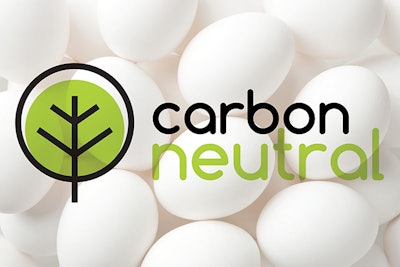
With consumer concerns about the sustainability of the food they purchase increasing, a growing number of companies – including retail, foodservice and poultry companies themselves – have adopted net zero goals. This move could have major implications for the poultry industry, affecting how birds are fed, raised, processed, distributed and marketed.
During “Net zero and the future of sustainable poultry production,” a panel discussion recorded by WATTPoultry.com and Evonik Animal Nutrition at the 2023 International Production & Processing Expo (IPPE), a trio of industry experts discussed the things poultry producers can do to accelerate net zero and other sustainability goals.
The panelists were:
- Andy Rojeski, head of strategy, investor relations and Net Zero programs, Pilgrim’s
- Faazi Adam, director of sustainability, animal nutrition line, Evonik
- Lara Moody, executive director of IFEEDER
Here are three of the major takeaways:
1. Partnerships are critical to improving sustainability
Pilgrim’s has set aggressive net zero goals, pledging to reduce greenhouse gas (GHG) emissions by 30% in 2019. Partnerships are key to achieving this goal, Rojeski said.
“We’re asking the farmers to do something different from what they’ve known and been very successful with for generations. That’s going to take, not only to collect data, but also to help people understand and help the community understand here’s what can be done better,” he noted. “I really think we have an opportunity within the poultry business to help really transform how we think about food and agriculture.”
2. More sustainable feed is a major opportunity
In the U.S. feed accounts for 60% of all GHG production in agriculture, making improvements in crop growth a major opportunity for the entire supply chain. Regenerative agriculture maximizes soil diversity and provides a way to add carbon to the soil, benefiting everyone.
“If we could put regenerative agricultural practices on all production systems within the U.S., we could potentially reduce our agricultural greenhouse gas footprint by about 40% regardless of location,” Moody explained.
3. Don’t forget about feed efficiency
Besides looking to crops, poultry growers should also look for ways to improve feed efficiency in their birds to further reduce environmental impact. Performing regular nutritional analysis through infrared spectrometry is a good way to understand more about the amino acids, fatty acids and other nutritional factors present in poultry feed. Better feed efficiency results in a lower cost to farmers, as well as a decreased environmental impact, so it’s a win-win for everyone involved.
“I think that’s something that’s growing to grow in importance with the rise of regenerative agriculture and as more and more companies adopt these strategies,” said Adam.
Interested in watching the video recordings? Go to https://www.wattagnet.com/articles/46732-6-tips-to-achieve-net-zero-in-poultry-feed-nutrition.
















